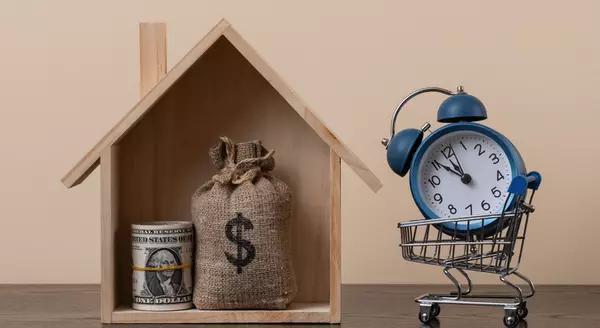The First Heritage Realty Blog

The $280 Shift in Affordability Every Homebuyer Should Know
If you paused your plans to move because of high rates or prices, it may finally be time to take a second look at your numbers. Affordability is improving in 39 of the top 50 markets, according to First American. And that’s the 5th straight month where buying a home has started to get a little bit e

2026 Housing Market Outlook
After a couple of years where the housing market felt stuck in neutral, 2026 may be the year things shift back into gear. Expert forecasts show more people are expected to move – and that could open the door for you to do the same.More Homes Will SellWith all of the affordability challenges at play

Why More Buyers Are Turning to New Construction This Year
There’s a trend taking hold in real estate right now: more buyers are choosing newly built homes. And it’s not just about getting the latest technology or modern floorplans. It’s because they may be able to get a better deal.Builders are offering serious incentives today, and people are jumping on t

Don’t Let Unrealistic Pricing Cost You Your Move
These days, you’re going to want to get your price right when you get ready to sell your house. Honestly, it’s more important than ever. Why? While you may want to list high just to see what happens, that’s a plan that can easily backfire, and it’s going to cost you in today’s market.And the risk is
Categories
Recent Posts










